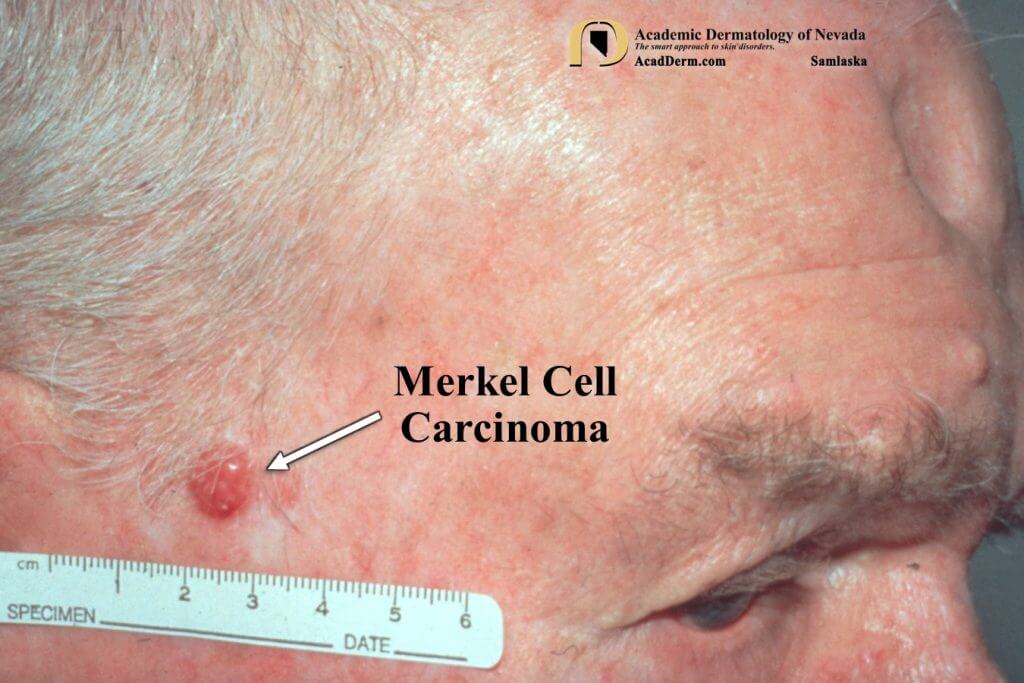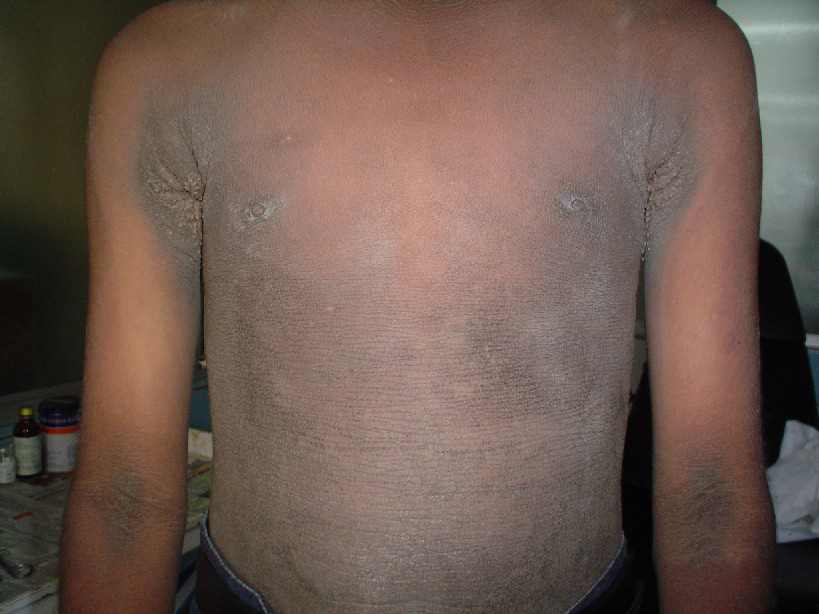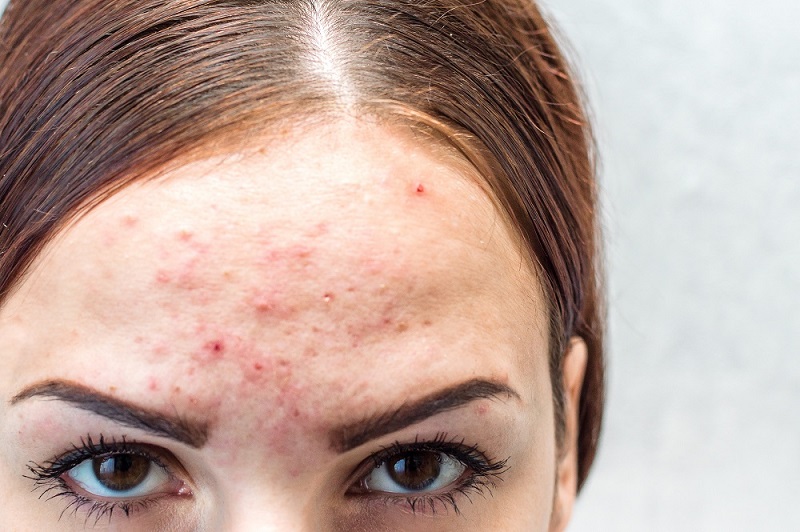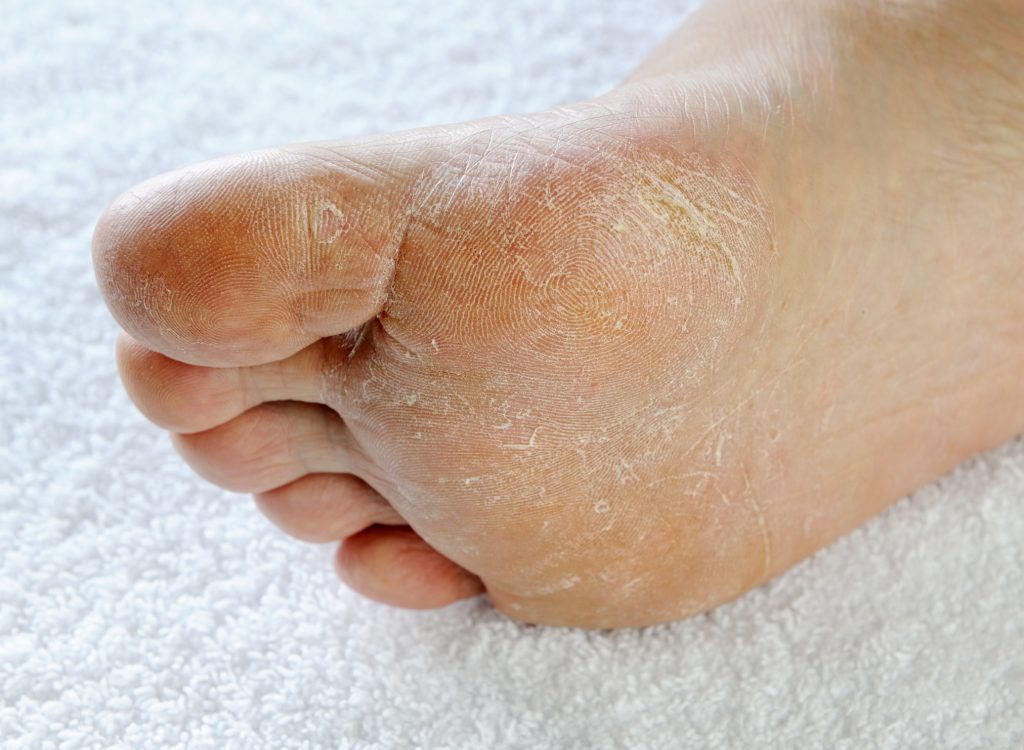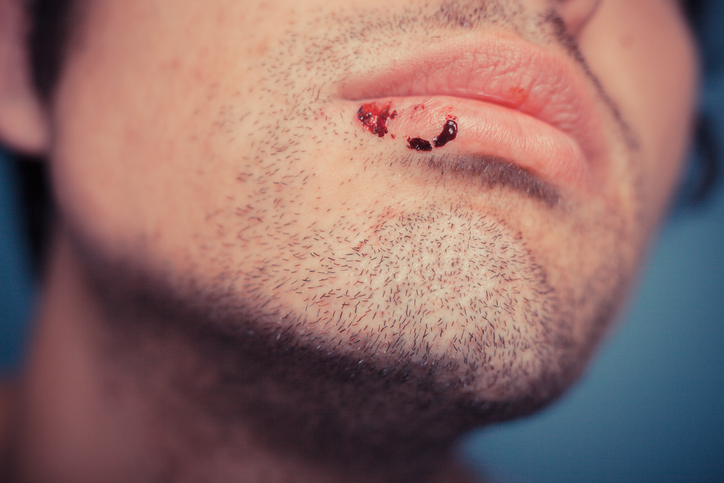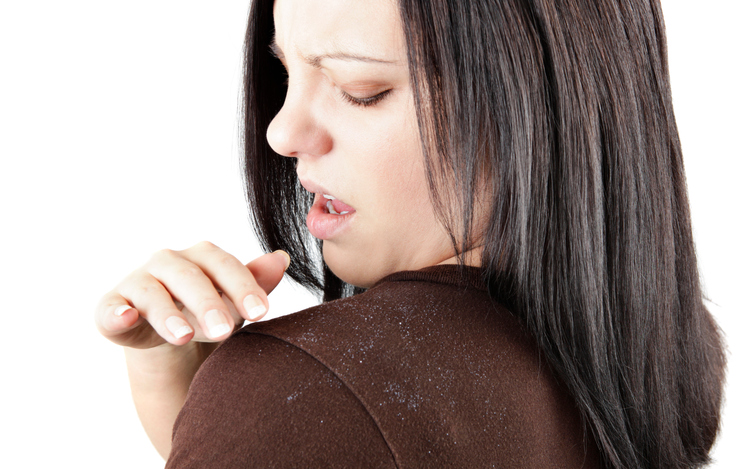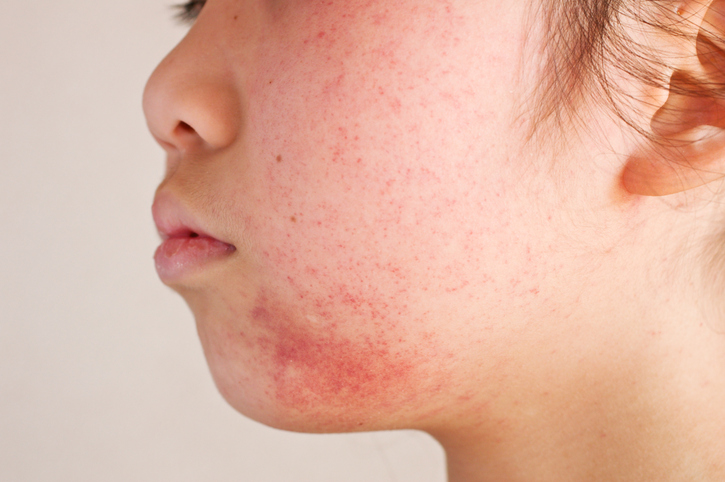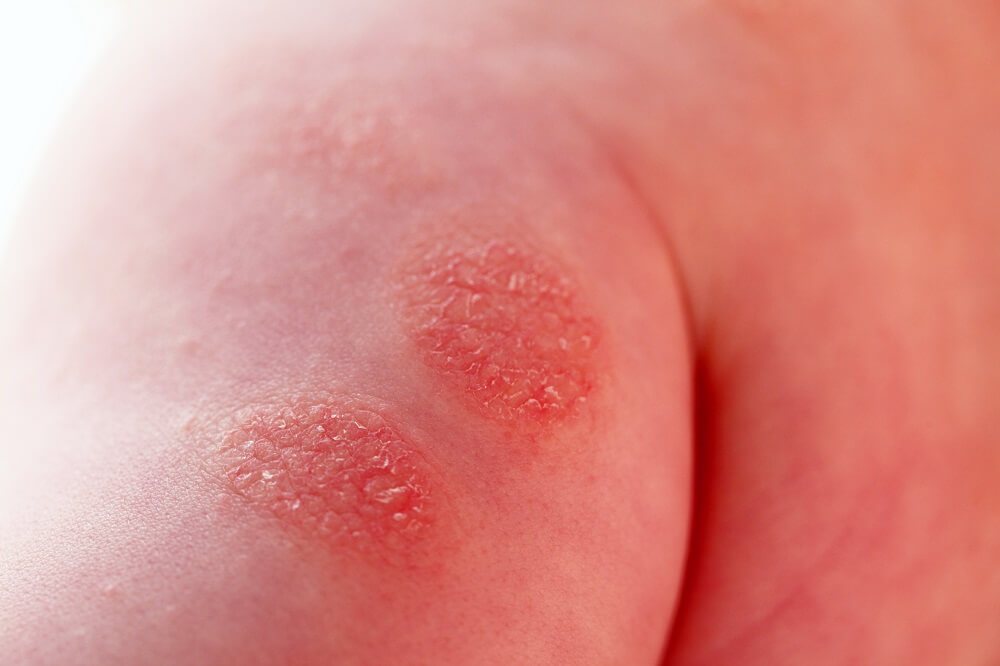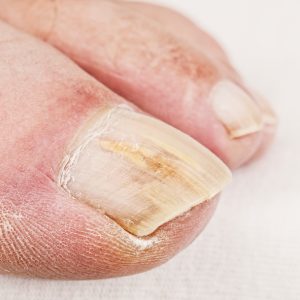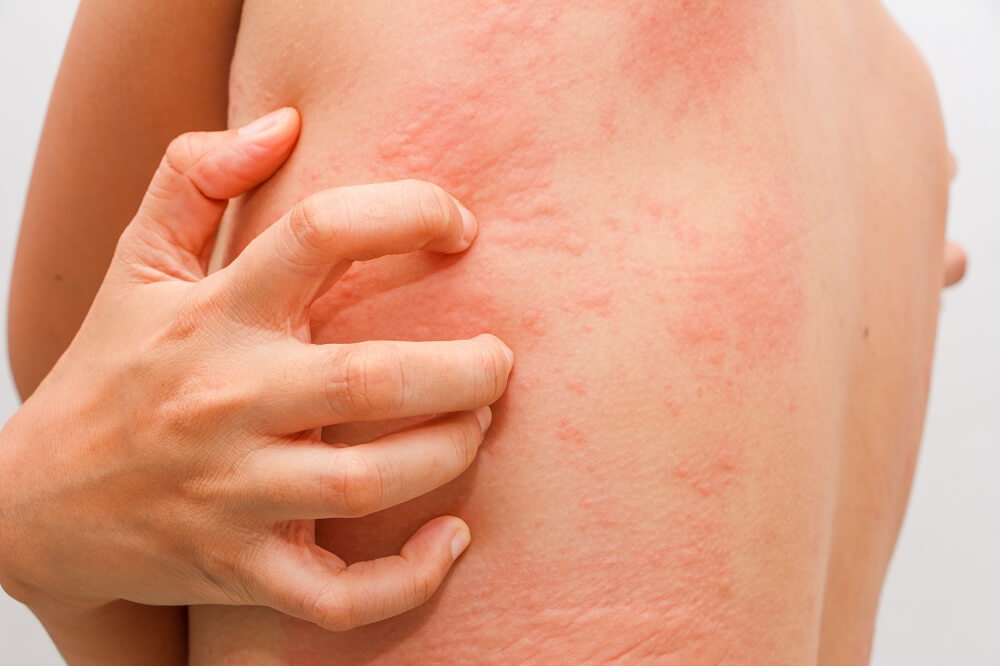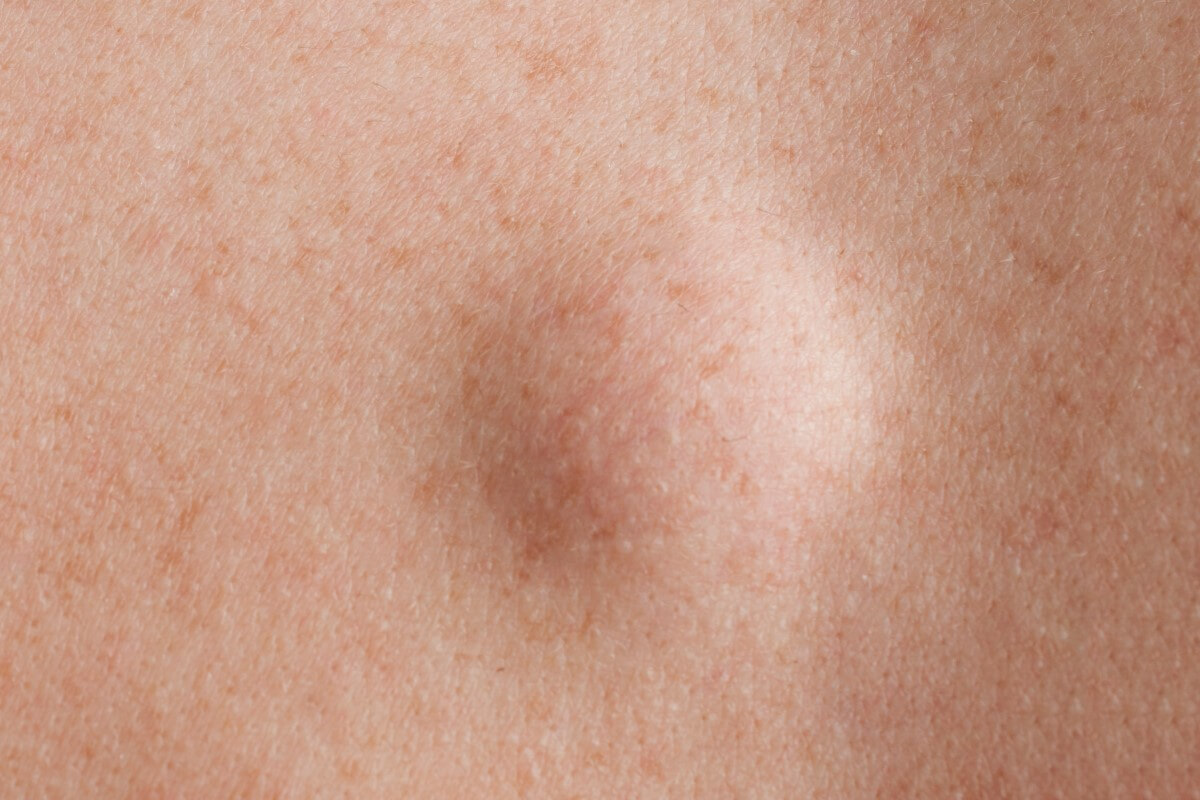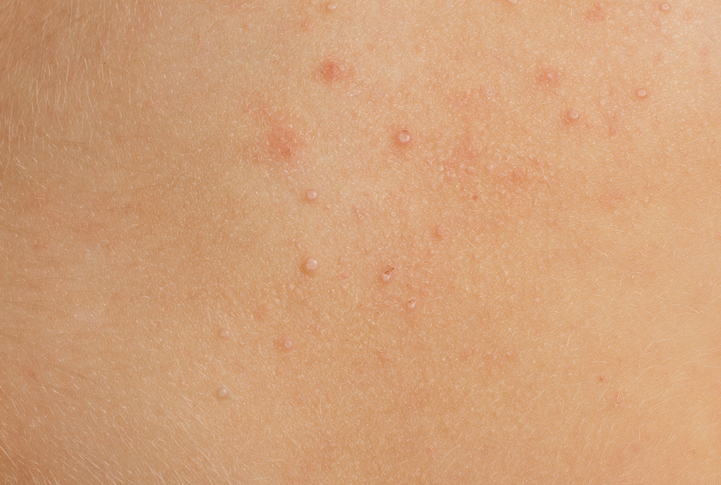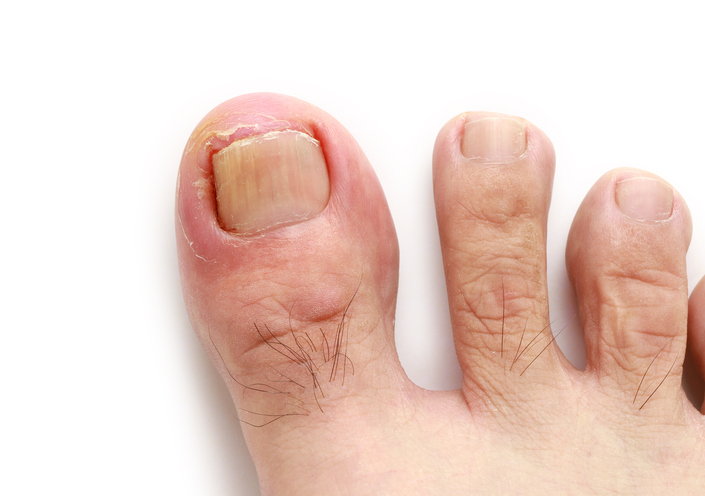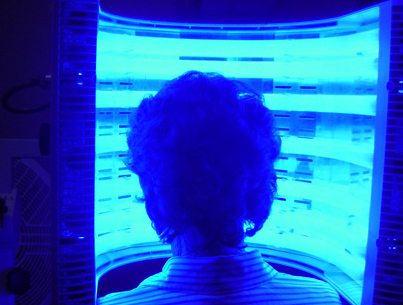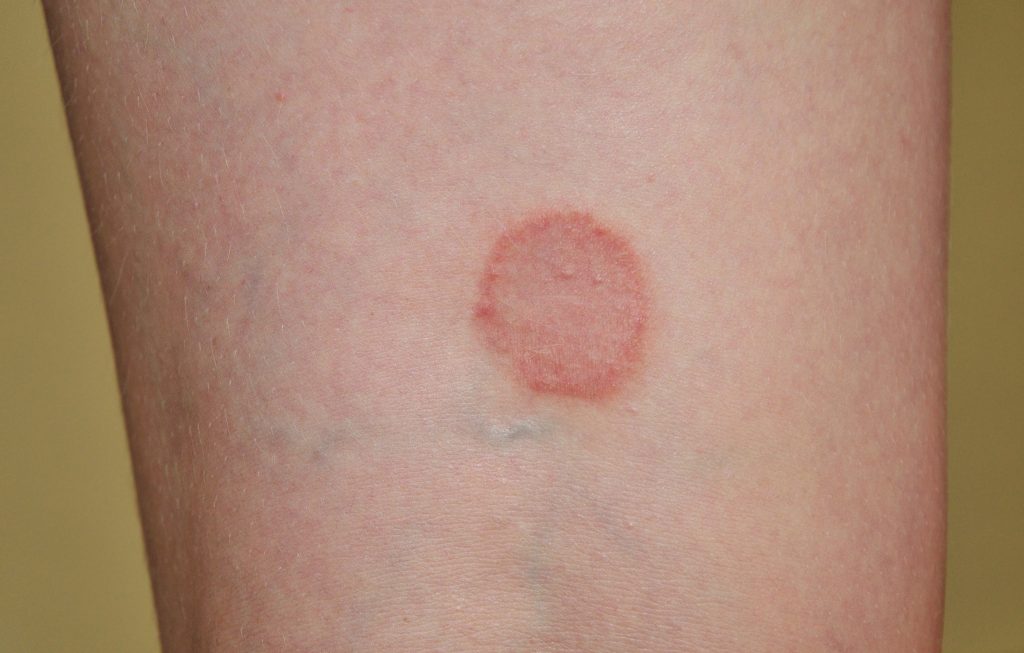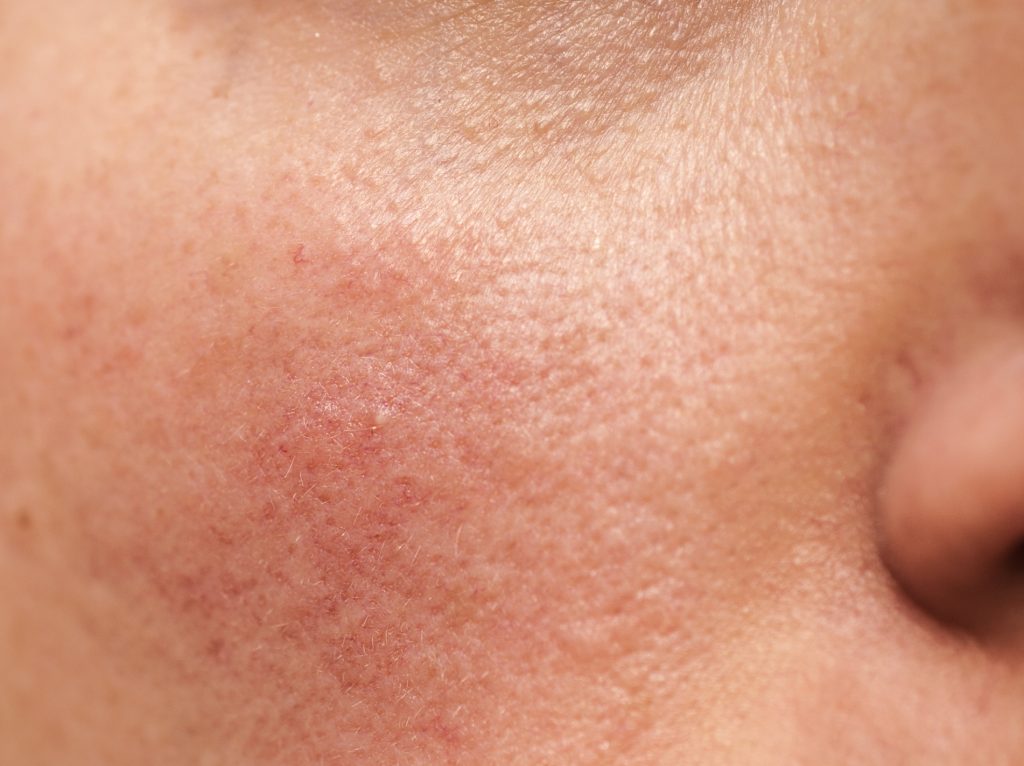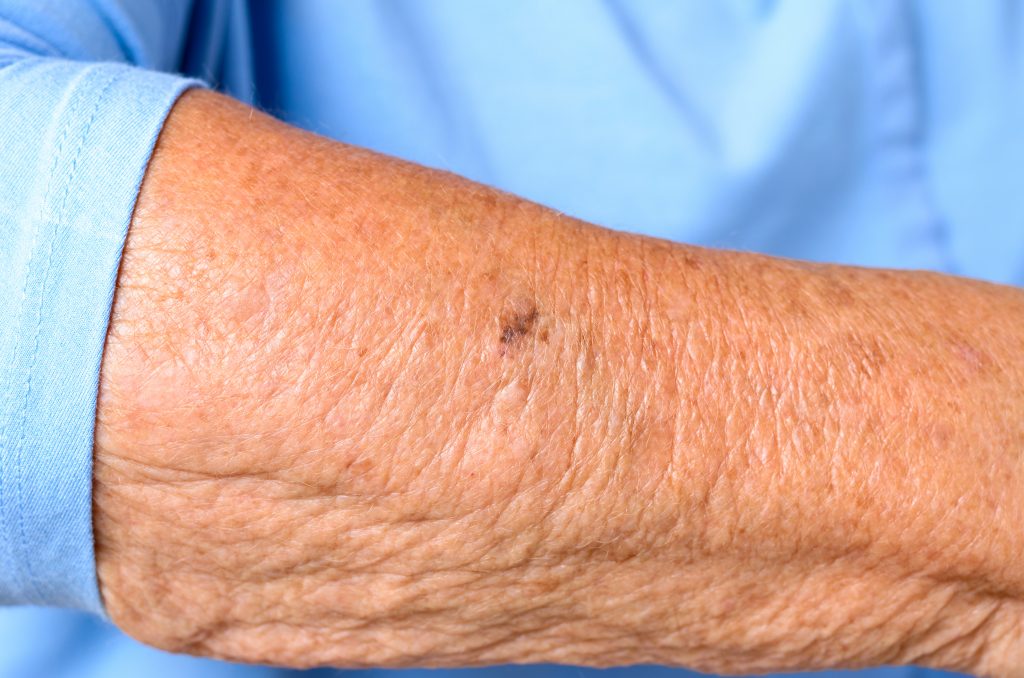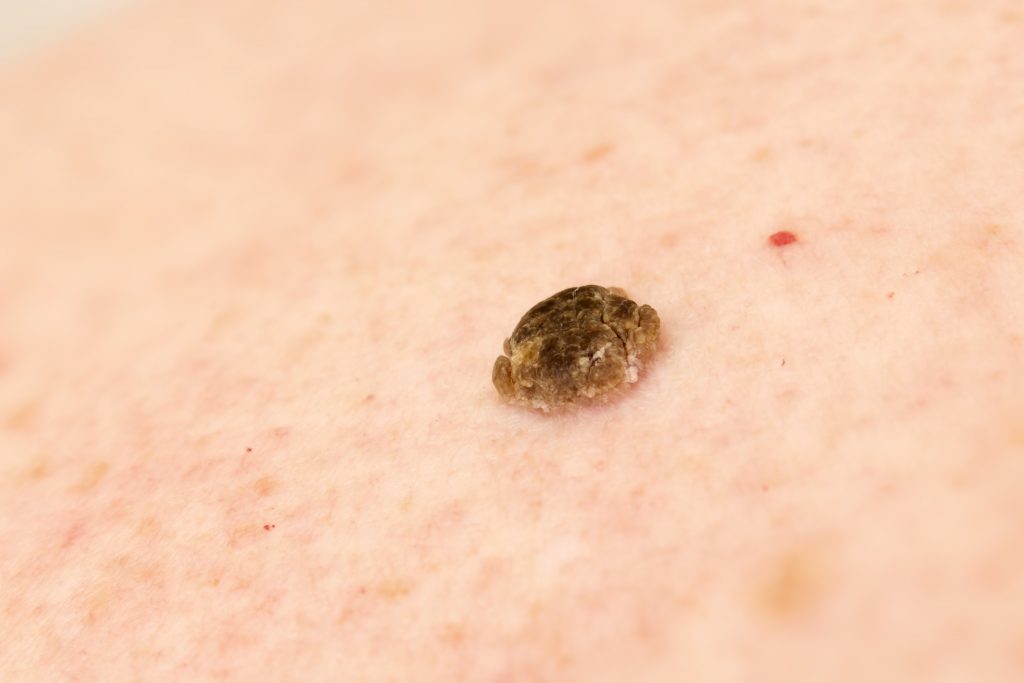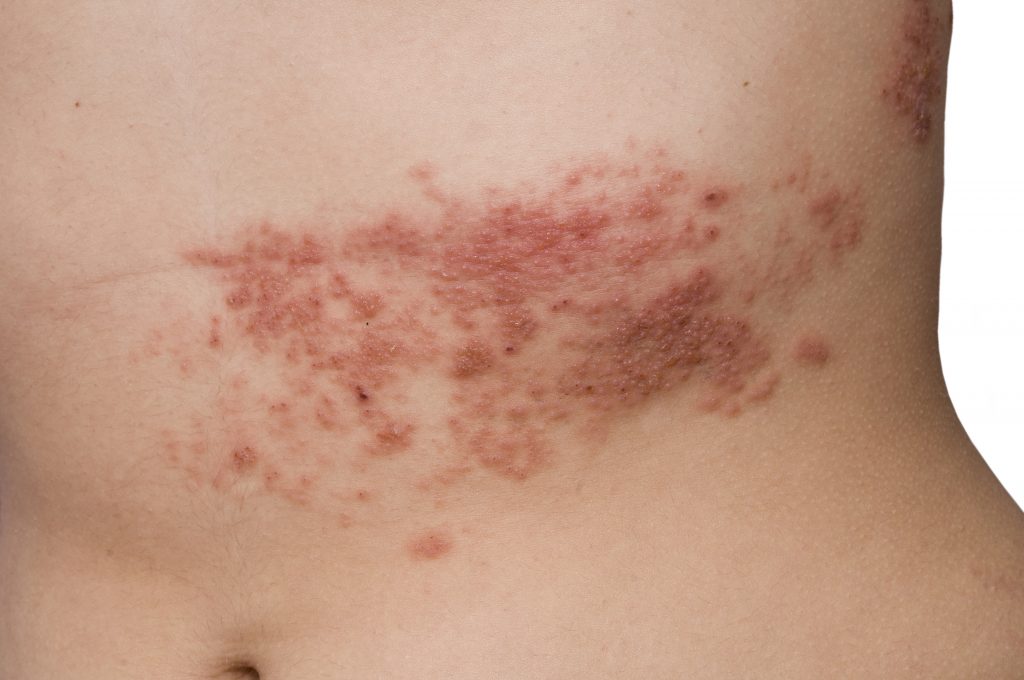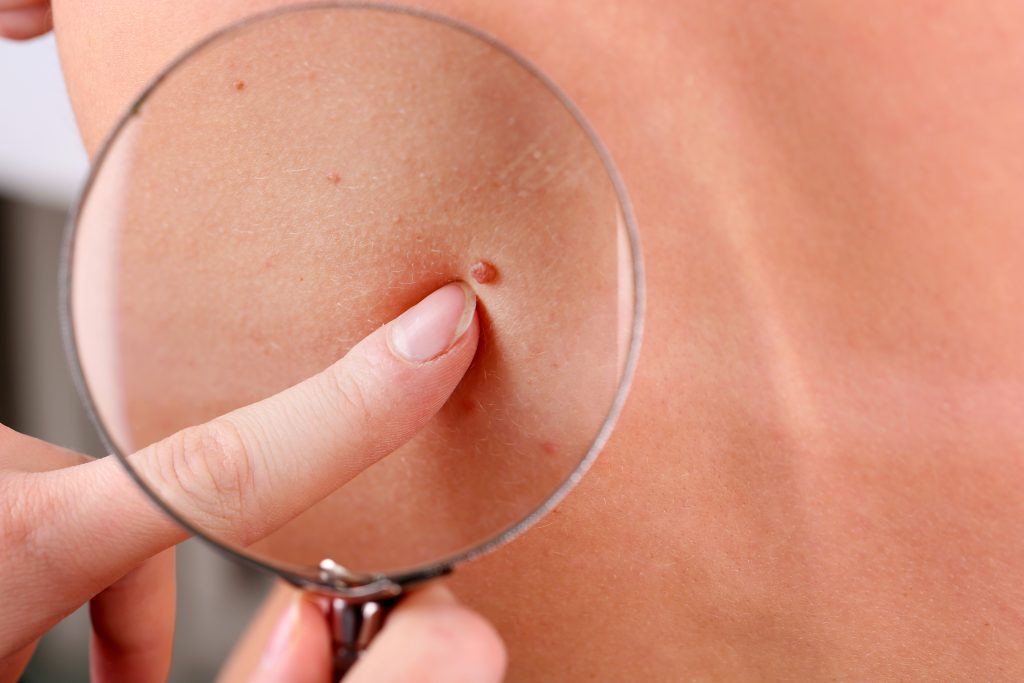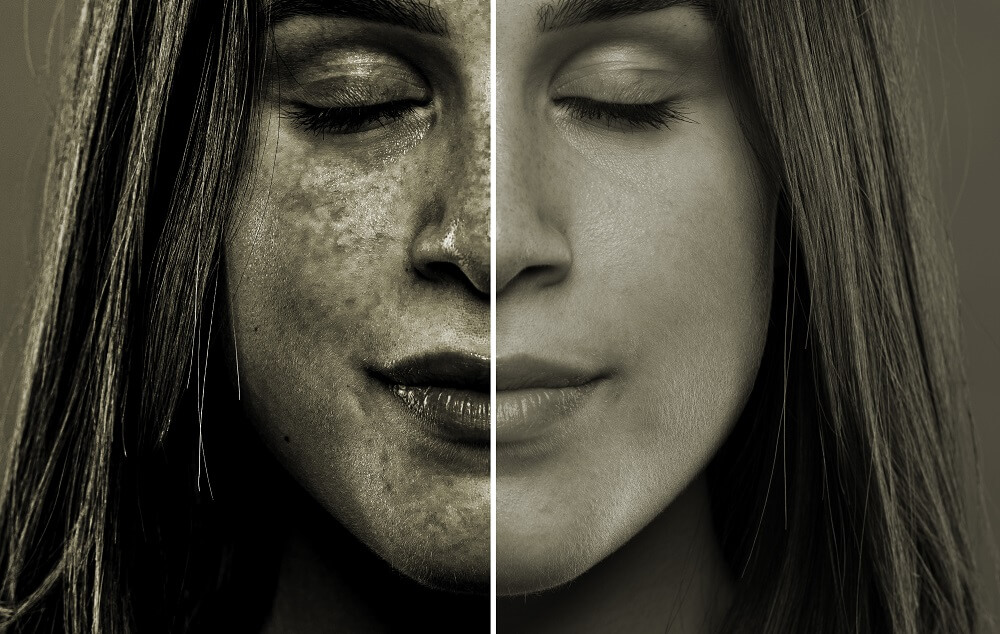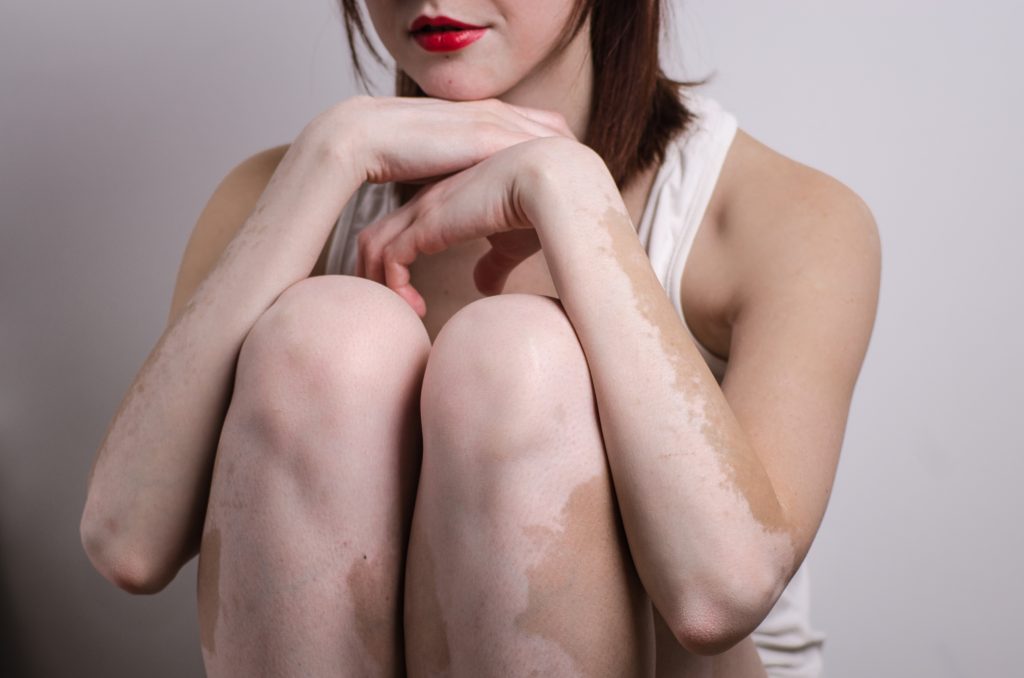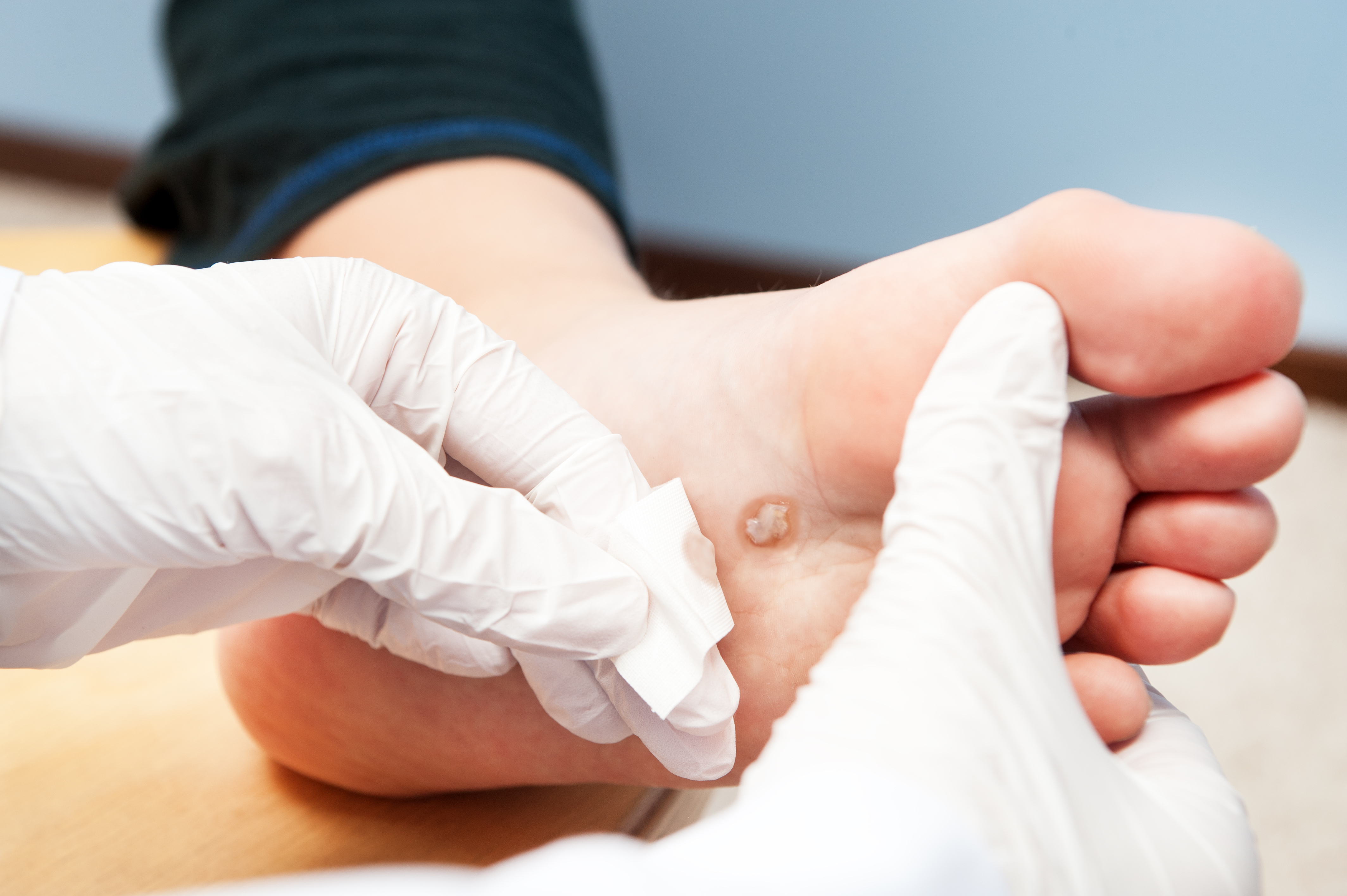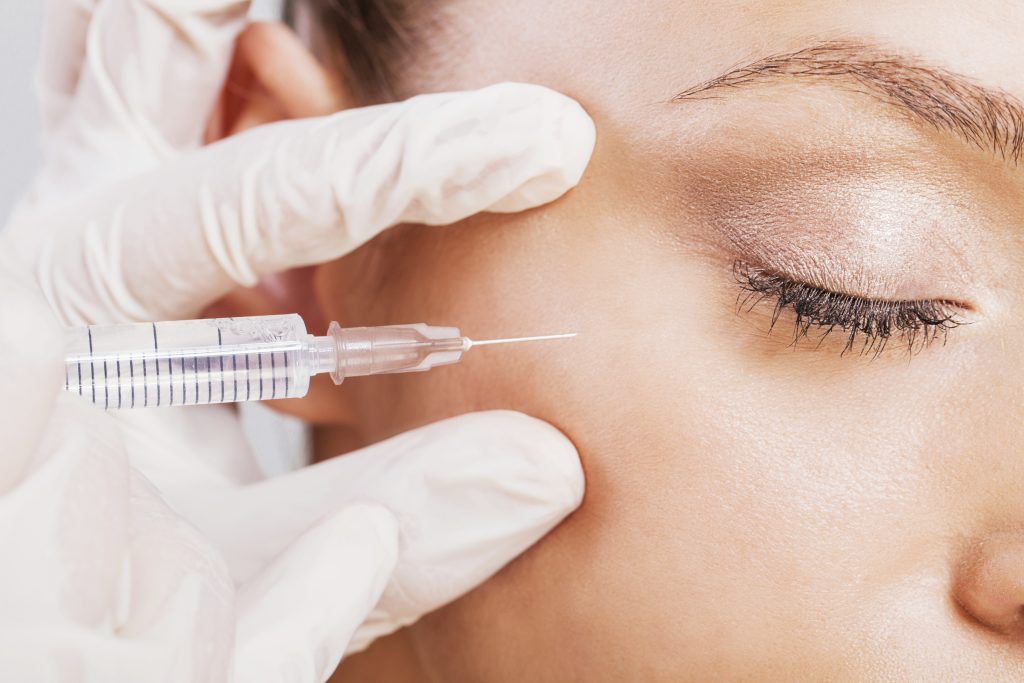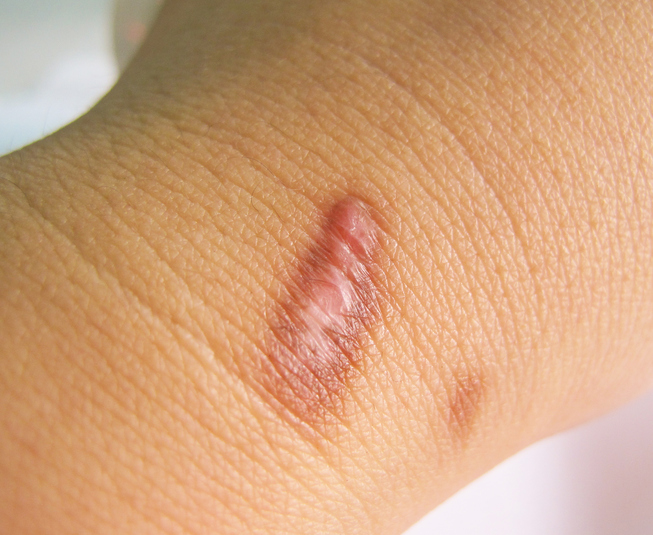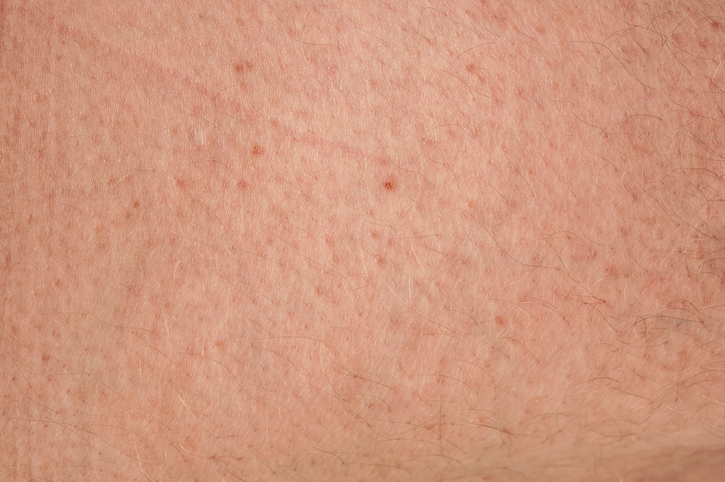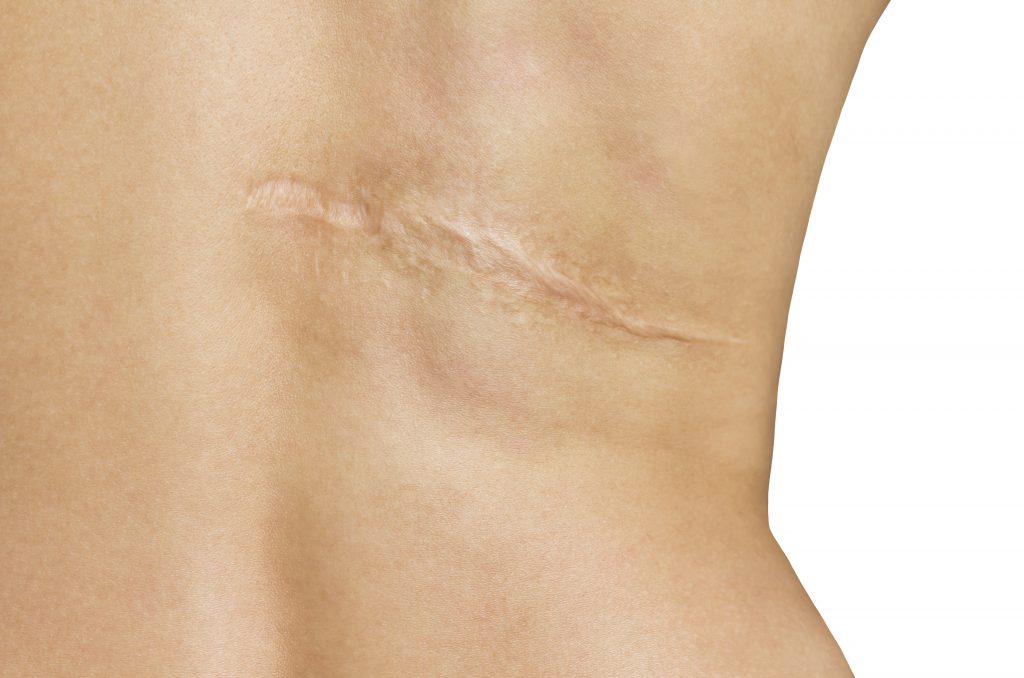Physician Assistant Sileen Dowis graduated cum laude from Northwest Missouri State University and completed her Master of Science in Physician Assistant Studies from Wichita State University in 2012.
Sileen Dowis has been practicing in dermatology since August 2012, specializing in general dermatology and cosmetic dermatology. She is a member of the Society of Dermatology Physician Assistants, American Academy of Physician Assistants, and Pi Alpha Physician Assistant National Honor Society.
Sileen treats patients at U.S. Dermatology Partners Shoal Creek in Liberty, Missouri.
Specialties and Affiliations
- Society of Dermatology Physician Assistants
- American Academy of Physician Assistants
- Pi Alpha Physician Assistant National Honor Society
Clinic Locations
Insurance Plans Accepted By Sileen Dowis, PA-C
- Aetna
- Americas Choice Provider Network (ACPN)
- Anthem
- Blue Cross Blue Shield (BCBS)
- Cigna
- First Health
- Health Net Federal Services (HNFS)
- Health Smart
- HealthChoice
- Humana
- Independent Medical Systems (IMS)
- Medicare
- Multiplan
- Optum Accountable Care
- Private Healthcare Systems (PHCS)
- Railroad Medicare
- Three Rivers Provider Network (TRPN)
- Tricare
- TriWest Healthcare Alliance (TriWest)
- United Healthcare (UHC)
- WPPA ProviDRs Care
Sileen Dowis, PA-C accepts most major insurance plans. If your plan is not listed above, please contact the office to verify coverage.
What Our Patients Say
The title tells the tale. Being cared for by her was as pleasant as such an appointment could be. – Anonymous
Source : Healthgrades – Apr 12, 2024
Source : Healthgrades – Apr 12, 2024
Timely and informative. – Bob L.
Source : Healthgrades – Mar 27, 2024
Source : Healthgrades – Mar 27, 2024
There was a scheduling problem but they worked me in. Also saved me money by freezing a spot on my lip. A dental place wanted $500 to do a biopsy. – Anonymous
Source : Healthgrades – Mar 22, 2024
Source : Healthgrades – Mar 22, 2024






